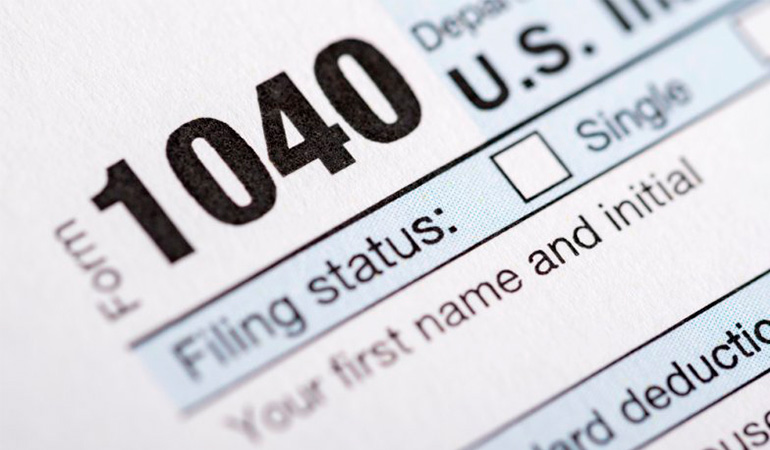
Inflation, at its highest level in 40 years, has a silver lining: It will cut taxes next year for most workers whose wages have not kept pace with rising consumer prices.
That’s based on adjusting inflation — at nearly 7% this year — the Internal Revenue Service (IRS) on Tuesday announced the 2023 income tax brackets and other tax caps. The changes, imposed by law to offset a side effect of inflation known as a band widening, will result in fewer tax withholdings on paychecks starting in January.
Higher standard deductions, more favorable tax margins
The adjustment increases the standard deduction for 2023. Single contributors will increase from $900 to $13,850. A married couple’s declaration totals $27,700—an increase of $1,800.
A lower 10% federal income tax rate applies to the first $11,000 of taxable income for single taxpayers and the first $22,000 for joint taxpayers, up from $10,275 and $20,550 in 2022, respectively.
Example of tax savings through inflation compensation
The changes will result in more savings for higher-income taxpayers: the maximum marginal rate of 37% applies to individual taxpayers with incomes above $578,125 in 2023, up from $539,900 in 2022. This change alone will save only US$ $764.50 for taxpayers.
- $578,125 – $539,900 = $38,225 in income subject to lower tax rate in 2023;
- $38,225 X 0.37 = $14,143.25 on 2022 tax returns;
- $38,225 x 0.35 = $13,378.75 on 2023 tax returns;
- $14,143.25 – $13,378.75 = $764.50 in tax savings in 2023.
List Source: Investopedia.
More changes
The annual readjustment by monetary correction applies to more than 60 tax rules, according to the Federal Revenue Service. Two major changes: The maximum income tax credit for eligible taxpayers with three or more children will increase from $6,935 in 2022 to $7,430 in 2023. A figure of $12.92 million — up from $12.06 million in 2022.
Inflation indexing is not good news: neither are the penalties provided for in the tax code, as the penalty for not filing a tax return will increase accordingly.
How the inflation adjustment is calculated
The annual tax changes are based on the chains’ consumer price index, an alternative to the standard consumer price index (CPI). The chained CPI better explains substitution effects caused by higher prices and therefore tends to lead to slightly lower inflation rates than the traditional CPI. The Tax Cuts and Jobs Act of 2017 changed the indexation of tax provisions from the CPI to the chained CPI.
Under the law, the IRS uses the average annual return of 12 chained monthly CPI readings from August of the previous year to calculate the index’s annual return. This methodology yielded an inflation adjustment of 6.95% — less than the 8% year-on-year increase in the chain-linked CPI and the 8.2% year-on-year increase in the CPI in September.
Conclusion
Most taxpayers will see savings from index changes in 2023 because their income has not kept up with inflation over the past year, although it has increased in nominal terms. According to the Bureau of Labor Statistics, median weekly earnings increased 4.1% in nominal terms in the year to September, but fell 3.8% when adjusted for inflation.
